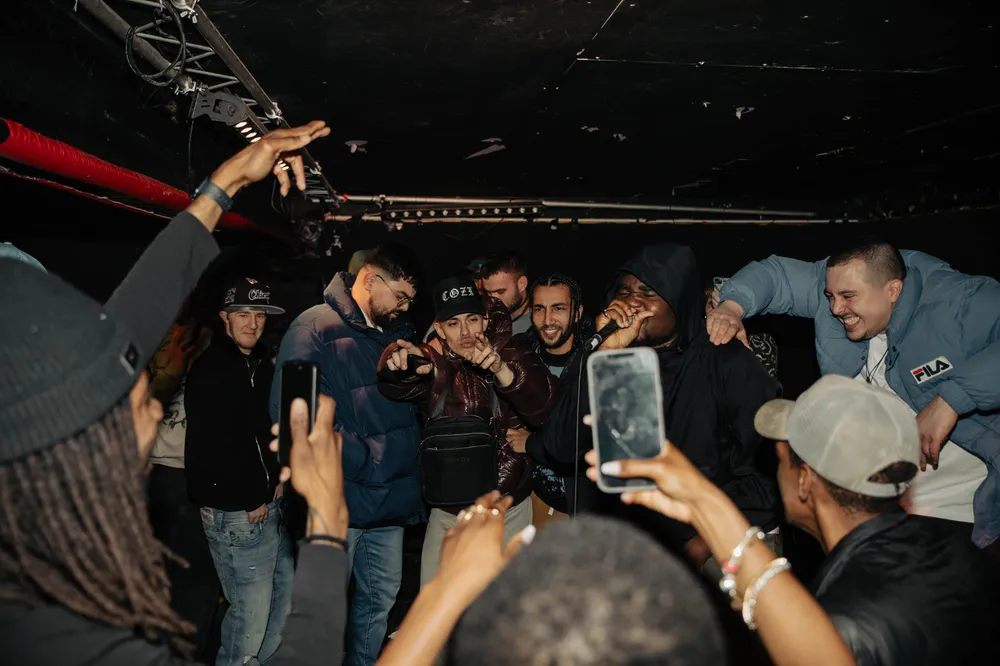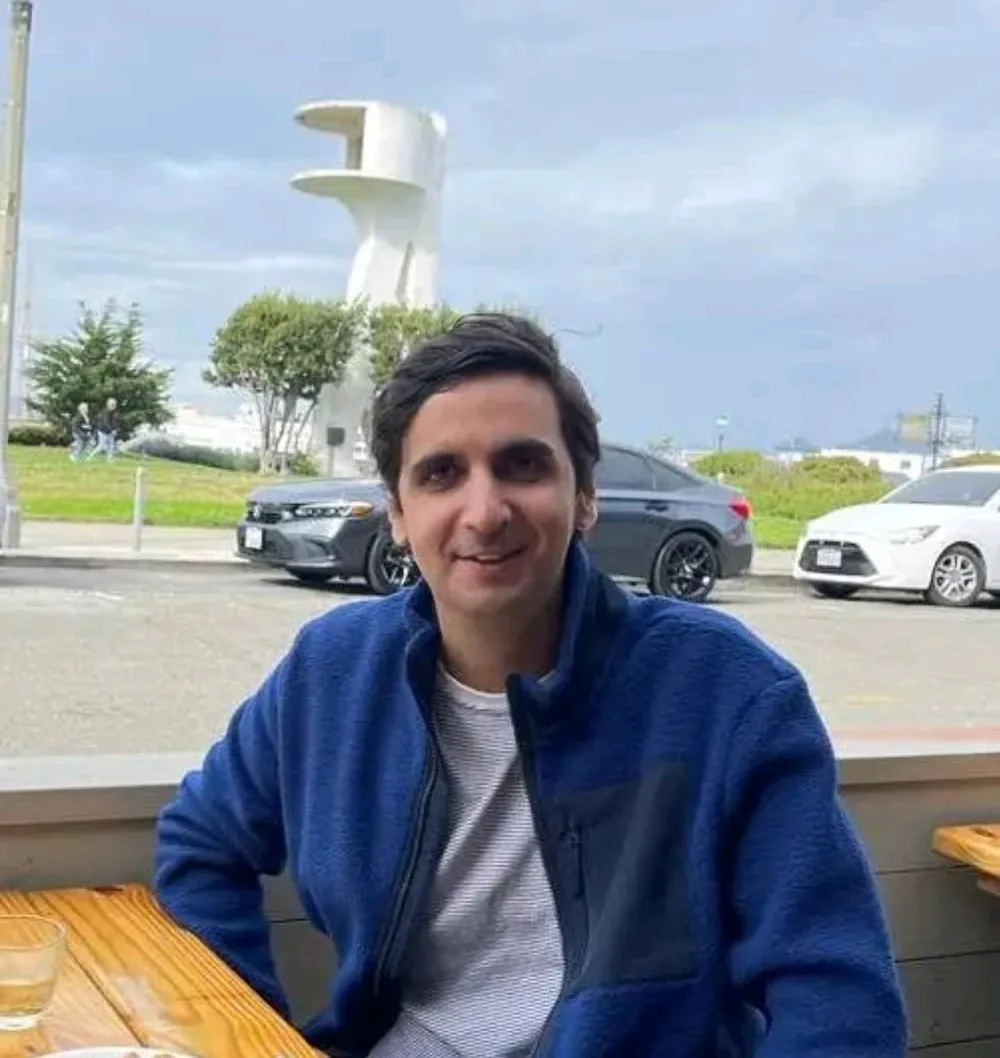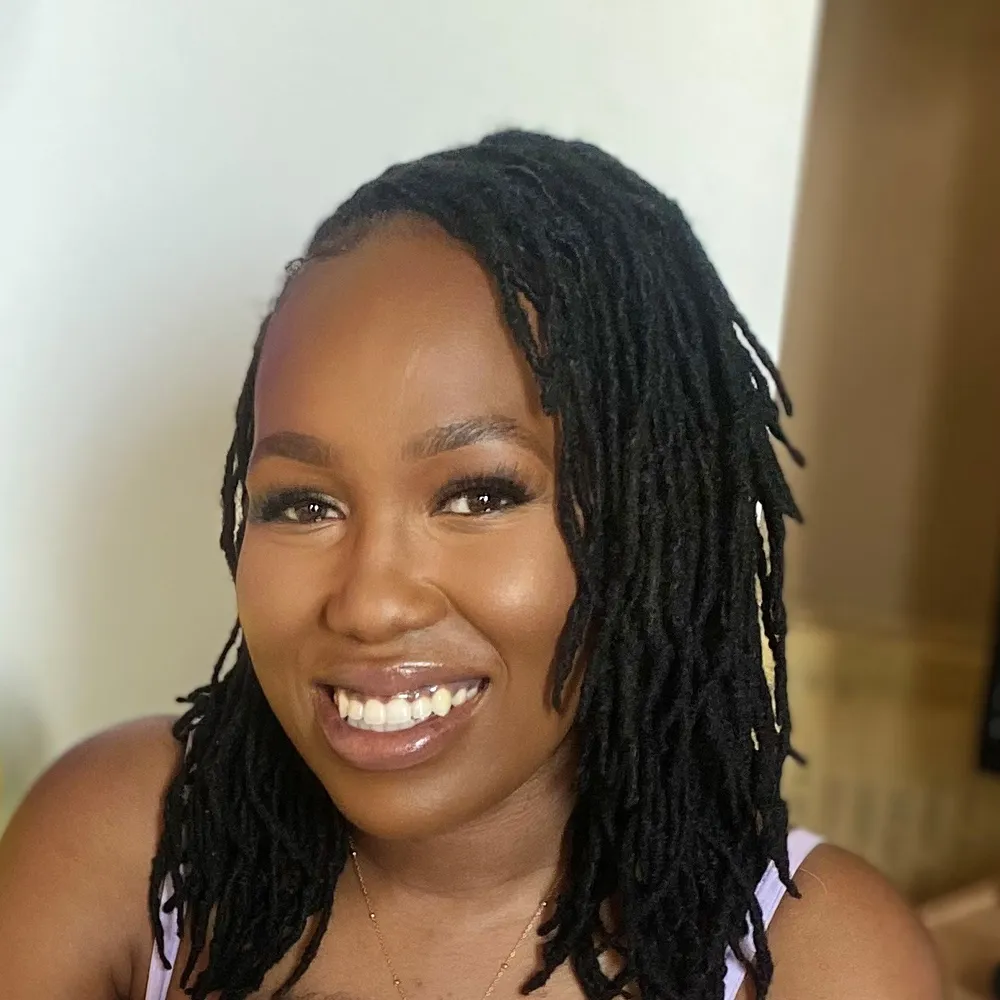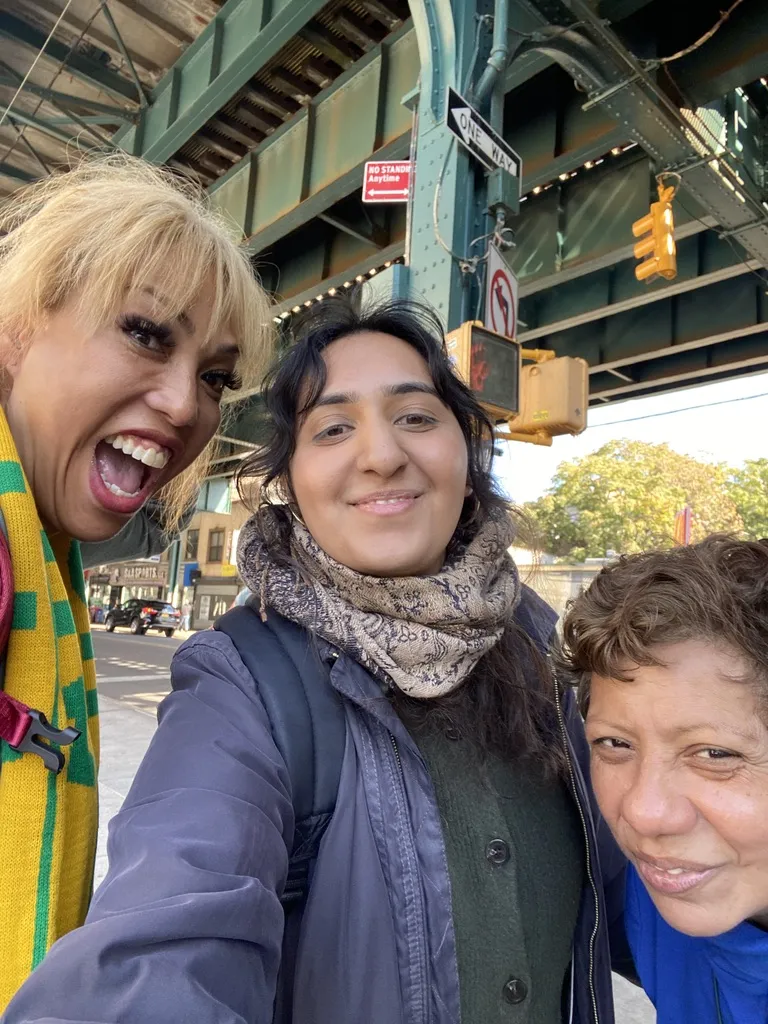Behind every performance, production, or workshop lies something deeper: the need for structure, mentorship, and opportunity. I call this “cultural architecture” – the systems that allow creativity to thrive and communities to heal.
This question has guided much of my work with Slambarz, a grassroots organisation I founded to support artist development, industry access, community building, and cultural connection.
When I was awarded a Churchill Fellowship, I wanted to explore how different countries build creative ecosystems that nurture communities, not just careers. My research took me to Jamaica, Berlin, and Athens. Three vastly different cultural landscapes, each offering lessons in resilience, expression, and collective care.
In Kingston, I saw how sound system culture operates as both art form and infrastructure. Every role, from selector and MC to engineer, contributes to a wider ecosystem built on collaboration, skill-sharing, and purpose. In Berlin, creativity is underpinned by freedom: spaces where experimentation isn’t just permitted, it’s celebrated. In Athens, art was being used to rebuild identity and belonging after crisis, demonstrating creativity’s power to reimagine the future.
Each country showed me that creativity flourishes when there’s both freedom and framework. Talent alone isn’t enough – it thrives in the right environment.









